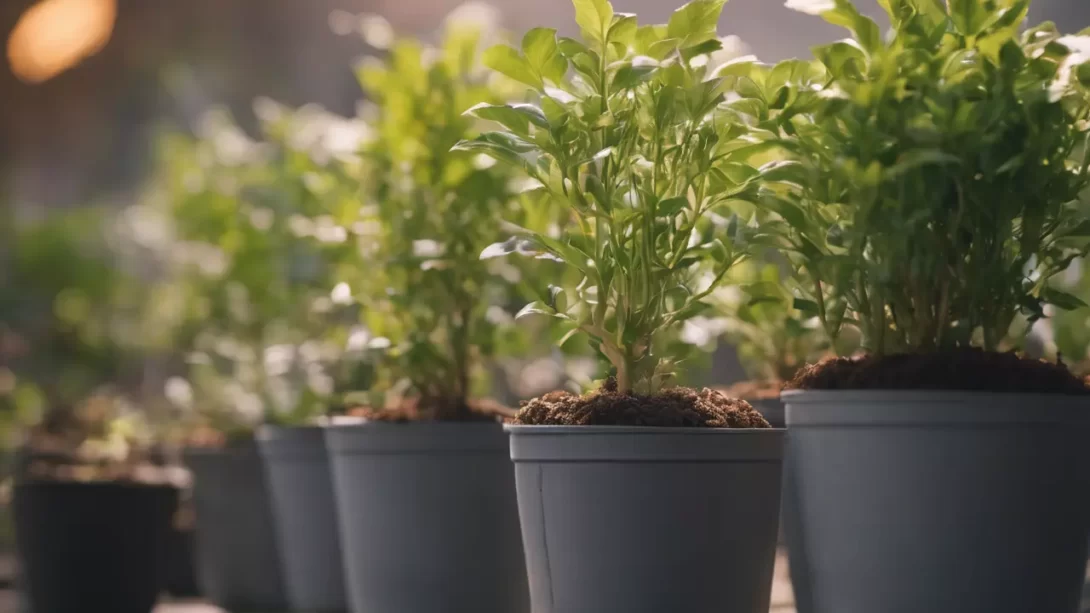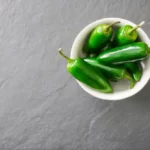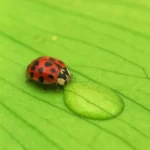Potting is a fundamental aspect of gardening and horticulture that allows plant enthusiasts to cultivate a wide range of plants in containers or pots. This method of planting offers a world of possibilities, from growing vibrant flowers and herbs on a balcony to nurturing potted trees in a garden. In this article, we will explore the art of potting, its significance in plant care, and the steps involved in this gardening practice. Potting provides the flexibility to grow plants in confined spaces, control the growing environment, and add decorative elements to homes and outdoor landscapes. Understanding the basics of potting is the first step to unlocking the beauty and potential of container gardening.
The Basics of Potting
At its core, potting is the process of growing plants in containers, as opposed to planting them directly in the ground. This practice is commonly used in various gardening scenarios, including indoor and outdoor settings. The primary components of potting include selecting suitable containers, preparing the right potting mix, and transplanting the desired plants into these containers. The versatility of potting allows gardeners to expand their plant collections, experiment with different species, and maintain plants in controlled environments.
Choosing the Right Containers
Choosing the right containers is a crucial aspect of successful potting. The choice of container can impact the growth and health of the plants. Gardeners have a variety of options when it comes to selecting containers, each with its advantages and considerations. Common container materials include clay pots, plastic containers, wooden boxes, and decorative ceramic pots.
- Clay Pots: Clay pots are known for their natural, breathable qualities, allowing good airflow to the plant’s roots. They are suitable for a wide range of plants but may require more frequent watering due to their porous nature.
- Plastic Containers: Plastic containers are lightweight, durable, and available in various sizes and shapes. They retain moisture well, making them ideal for plants that prefer consistent moisture levels.
- Wooden Boxes: Wooden containers can add a rustic or decorative touch to your garden. They are suitable for larger plants and trees but may require occasional maintenance to prevent decay.
- Ceramic and Decorative Pots: These containers are often chosen for their aesthetic appeal. They come in various designs, colors, and sizes, making them perfect for enhancing the visual aspect of your potted plants.
Selecting the right container depends on the specific needs of the plant, the growing environment, and your personal preferences. Choosing containers that are proportionate to the size of the plant and offer adequate drainage is key to successful potting. Container selection is just the beginning of the potting process, leading to the creation of thriving, well-contained gardens both indoors and outdoors.
- 【Material】1 gallon pots for plants are made of durable and eco-friendly plastic, lightweight and easy to move, good toughness for long time using, food safe and reusable.
- 【Unique Design】The raised rim design makes nursery pots easy for you to handle and stack the pots, drainage holes at bottom can prevent over watering and root rotting, help plants breathe freely.
- 【Bonus Trays】Removable plastic draining tray can catch drips very well, keep overflowed water from soiling the floor or table. Help you create a beautiful and clean environment.
- 【Widely Used】These large plastic flower pots are perfect for indoor outdoor plants, seedings, flowers, vegetables and any other gardening. They are also suitable for cutting and transplanting.
- 【Package】Include 12 pcs nursery pots and capacity of each is about 1 US gal lqd (approximately 0.85 US gal dry), about 3.78 L. Please check the capacity carefully before your purchase.
Potting Mix: The Growing Medium
The potting mix, also known as the growing medium or substrate, is a critical component in potting. It serves as the plant’s source of nutrients, anchorage, and moisture retention. Unlike garden soil, potting mixtures are specially formulated to provide an ideal environment for potted plants. A typical potting mix consists of various components, which may include:
- Peat Moss: Peat moss provides excellent moisture retention and aeration, creating a well-balanced environment for plant roots.
- Perlite: Perlite is a lightweight, porous material that improves soil drainage and aeration. It prevents the soil from becoming too compacted.
- Vermiculite: Vermiculite contributes to moisture retention and helps regulate soil consistency. It enhances the potting mix’s ability to hold water while providing aeration to the roots.
- Compost: Compost adds essential nutrients to the potting mix, enriching it with organic matter that supports plant growth.
The composition of a potting mix can vary depending on the type of plants you intend to grow. Some plants require well-draining mixes, while others thrive in mixtures with higher moisture retention. Choosing the right potting mix is essential to provide the necessary support and nourishment for your potted plants.
- ALL-IN-ONE POTTING SOIL SOLUTION: FoxFarm ocean forest potting soil is a blend designed to give your plants everything they need to thrive. Ideal for container plants, this planting soil provides optimal nutrient and soil aeration
- MOISTURE-LOCKING NUTRIENT BLEND: This organic potting soil for plant is packed with aged forest products, sphagnum peat moss, earthworm castings, bat guano, and fish emulsion, each ingredient enhances moisture retention and nutrient uptake
- TOP-NOTCH SOIL FOR EVERY PLANT: From roses and shrubs to seedlings and trees, this garden soil supports vigorous growth and branching. This outdoor & indoor plant soil’s pH-adjusted blend promotes healthy, lush foliage for all plant varieties
- YOUR GO-TO SOIL FOR ALL MEDIUMS: Our potting soil mix is perfect for container gardens, houseplants, and outdoor setups. Ocean plant versatile blend provides a balanced environment for robust growth, ensuring your plants thrive in any setting
- CONVENIENT SOIL READY TO USE: This houseplant potting soil is ready to use out of the bag, no additional ingredients are needed. Use for planting or top-dressing, with the optional pairing of FoxFarm liquid fertilizers for enhanced growth all season
The Potting Process
The potting process involves several key steps to ensure the successful growth of plants in containers. Here’s an overview of this process:
- Selecting the Container: Choose an appropriately sized container with drainage holes at the bottom to prevent waterlogging.
- Preparing the Container: Add a layer of small stones, broken pottery, or a piece of landscape fabric to cover the drainage holes. This allows excess water to escape while keeping the potting mix inside.
- Filling the Container: Begin by filling the container with the selected potting mix, leaving enough space to accommodate the plant’s root system.
- Transplanting the Plant: Carefully remove the plant from its original container, gently tease the roots if they are tightly wound, and place it into the new container at the appropriate depth. Ensure the top of the root ball is level with the top of the container.
- Filling Around the Plant: Fill the space around the plant with more potting mix, gently firming it in place. Leave a small gap at the top to allow for watering.
- Watering and Settling: After potting, water the plant thoroughly to help settle the potting mix and remove any air pockets. Water until excess moisture drains from the container’s base.
- Caring for the Potted Plant: Place the potted plant in an appropriate location, considering its light and temperature requirements. Regularly water and fertilize as needed, and provide adequate care for your potted plants based on their specific species.
The potting process is essential for ensuring the health and vitality of plants grown in containers. By selecting the right container, potting mix, and following the appropriate steps, you can create an optimal environment for your potted plants to thrive and flourish.
Caring for Potted Plants
Caring for potted plants is an ongoing process that involves maintaining the health and well-being of your container-bound green friends. Here are some key aspects to consider when it comes to nurturing potted plants:
- Watering: Proper watering is crucial for potted plants. Monitor the soil’s moisture level, and water when the top inch or so feels dry to the touch. Be mindful not to overwater, as pots do not have the same capacity to drain excess water as garden soil.
- Fertilizing: Potted plants rely on the nutrients in their potting mix, which can deplete over time. Regularly fertilize your plants with a balanced, water-soluble fertilizer to ensure they receive the necessary nutrients for healthy growth.
- Light: Pay attention to the light requirements of your plants. Some thrive in full sun, while others prefer partial or full shade. Place your containers in a location that provides the appropriate light conditions for the specific plant species.
- Pest and Disease Management: Regularly inspect your potted plants for signs of pests and diseases. Promptly address any issues to prevent them from spreading to other plants.
- Pruning and Deadheading: As your potted plants grow, they may benefit from occasional pruning or deadheading to encourage new growth and maintain their shape and appearance.
- Repotting: Over time, potted plants may outgrow their containers. When the roots become crowded or the plant shows signs of reduced growth, it’s time to consider repotting into a larger container.
Caring for potted plants allows you to create a mini garden oasis, even in limited spaces. The beauty of container gardening lies in its versatility, as you can easily move plants to optimize their conditions or enhance your outdoor and indoor environments with bursts of color and greenery.
Conclusion
Potting is a gardening practice that offers a world of possibilities, from bringing the beauty of nature into our homes to maximizing limited outdoor spaces. Understanding the basics of potting, from choosing the right containers and potting mix to caring for your potted plants, empowers you to create thriving, container-bound gardens. Whether you’re cultivating a windowsill herb garden, enhancing your outdoor patio with ornamental blooms, or experimenting with unique plant combinations, potting allows you to unleash your creativity and express your green thumb.
By nurturing potted plants, you not only enjoy the aesthetic and emotional benefits of gardening but also contribute to the well-being of the environment. The care and attention you invest in potting translate into flourishing, vibrant plants that enrich your life with their beauty and the satisfaction of watching them grow and thrive.





